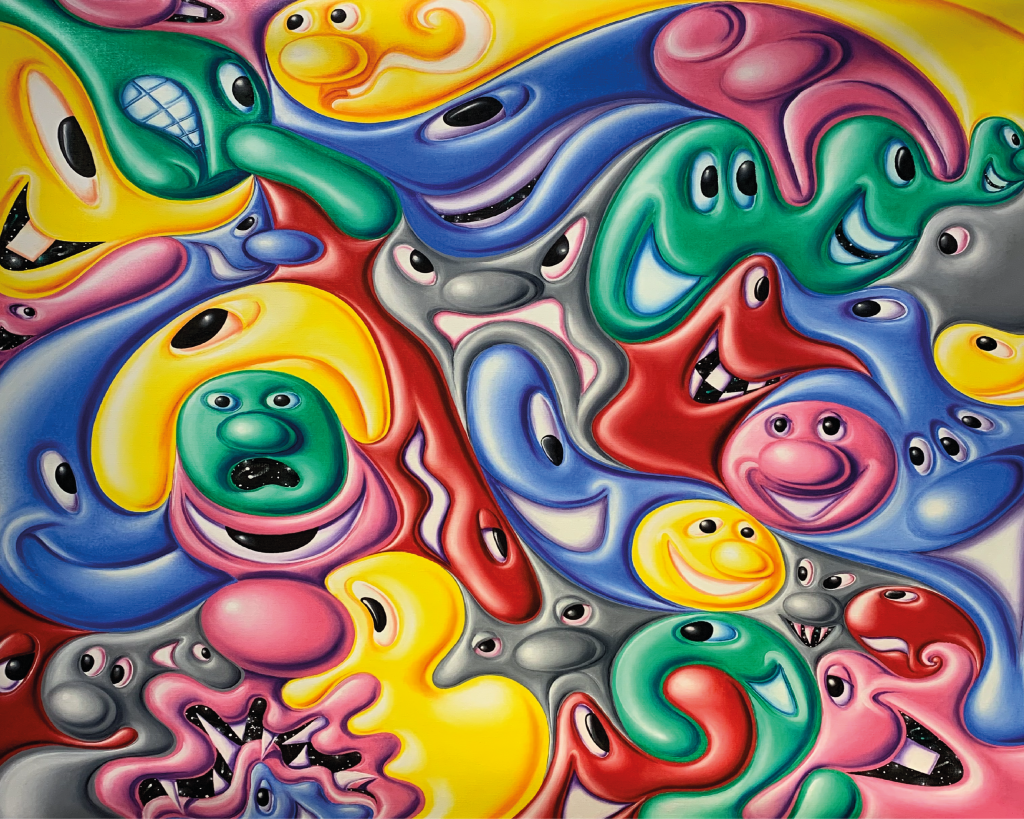A living legend of pop art, American artist Kenny Scharf, has finally reached out to Korea by collaborating with the Lotte Museum of Art (LMOA), bringing joy and chaos to Seoul. Launched on Oct. 3, 2018, and scheduled to continue until March 3, Scharf’s solo exhibition “SUPER POP UNIVERSE” exhibits artworks including paintings, sculptures, drawings, and videos inspired by multiple aspects from his life.
After moving to New York in 1978, Scharf attended the School of Visual Arts where he met his roommates Keith Haring and Jean-Michel Basquiat, who are both also famous artists. They were not only his college roommates but also his life long friends. This trio later played a huge role in expanding and establishing the 1970s Pop Art Movement first introduced by Andy Warhol. However, it did not take long for the trio to become the new focus of attention in the international art community.
As it was Scharf’s first time opening an exhibition in Korea, he wanted to “invite the person and myself to escape reality into ad world of intense color and visual pleasure.” The current exhibition is divided into 12 sections displaying over 100 works of Scharf including 2D, 3D, and film artworks.
I realized how all displayed artworks are heavily influenced by Scharf’s artistic vision of this world, imbued with social messages he wants to deliver with his special form of communication. For example, I found his ‘Jetstons’ series most interesting because the use of color was unique and the unorthodox cartoon characters that oddly work in the painting. I found from reading the description that the artworks included in this series were influenced by his memories as a young boy when he first encountered color television. He decided to include characters from many animated cartoons he watched as a kid, but he also touched upon more adult topics by telling a story about the fear of war, drugs, and AIDS that troubled the society in the late 1970s.
One thing that fascinated me was of how energetic and fun Scharf’s artworks were. I also noticed how his quotes and descriptions all around the exhibition promoted joy and hope. Through the exhibition, I was informed how Scarf is a humorous artist who wants to have fun creating artwork and desires to deliver the same joy to the viewers. This was easily noticeable as the social messages implied in his artworks about war and the environment were often projected bright and comical.
By the end of the exhibition, I learned how Scharf is such a unique artist who truly has the ability to transform problems or turn any everyday life objects into a joyous piece of artwork, transcending the standard vision of life while eliminating the boundary between reality and fantasy.

